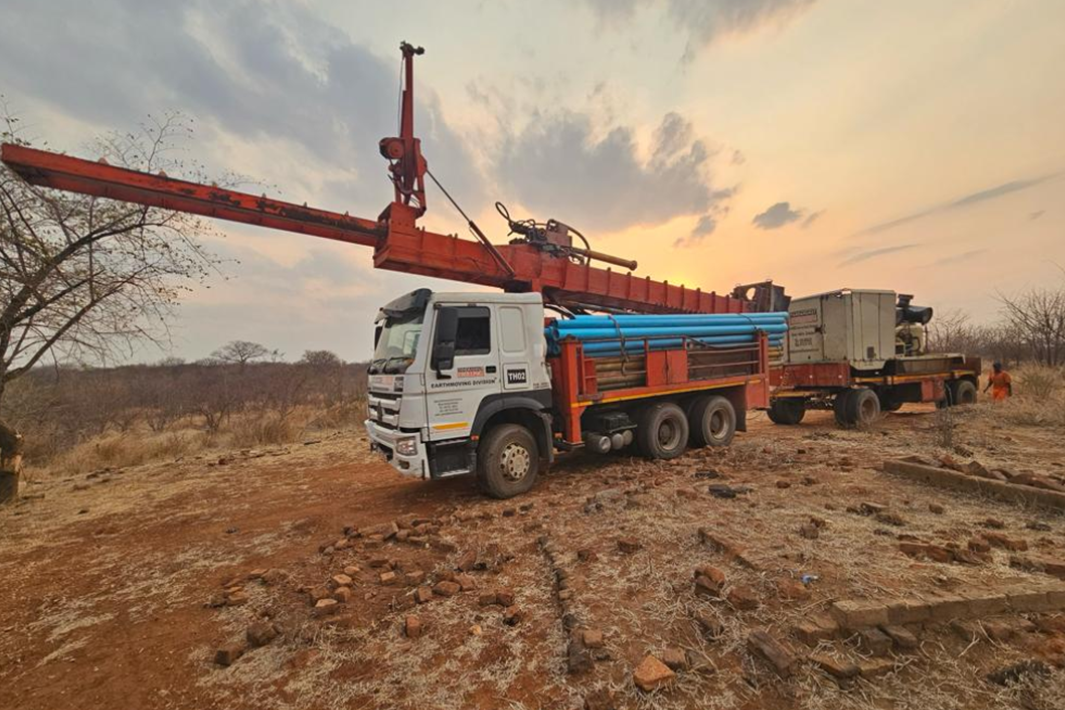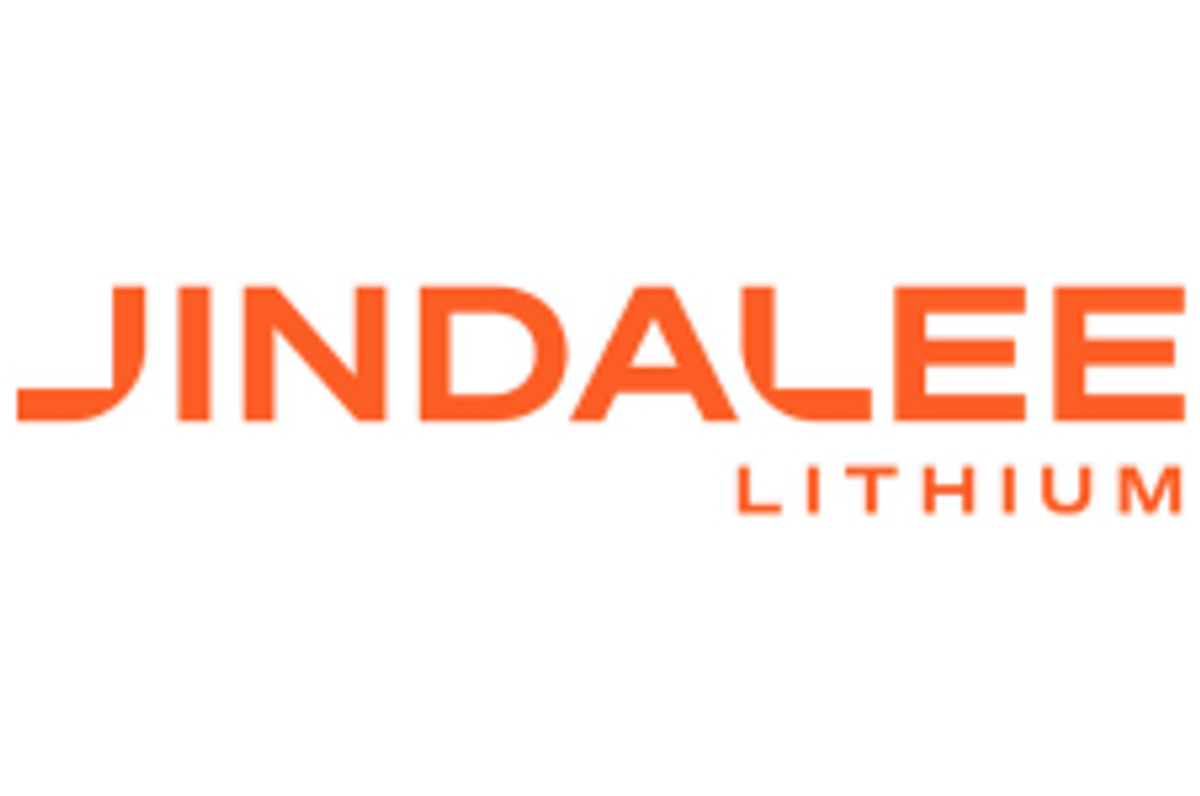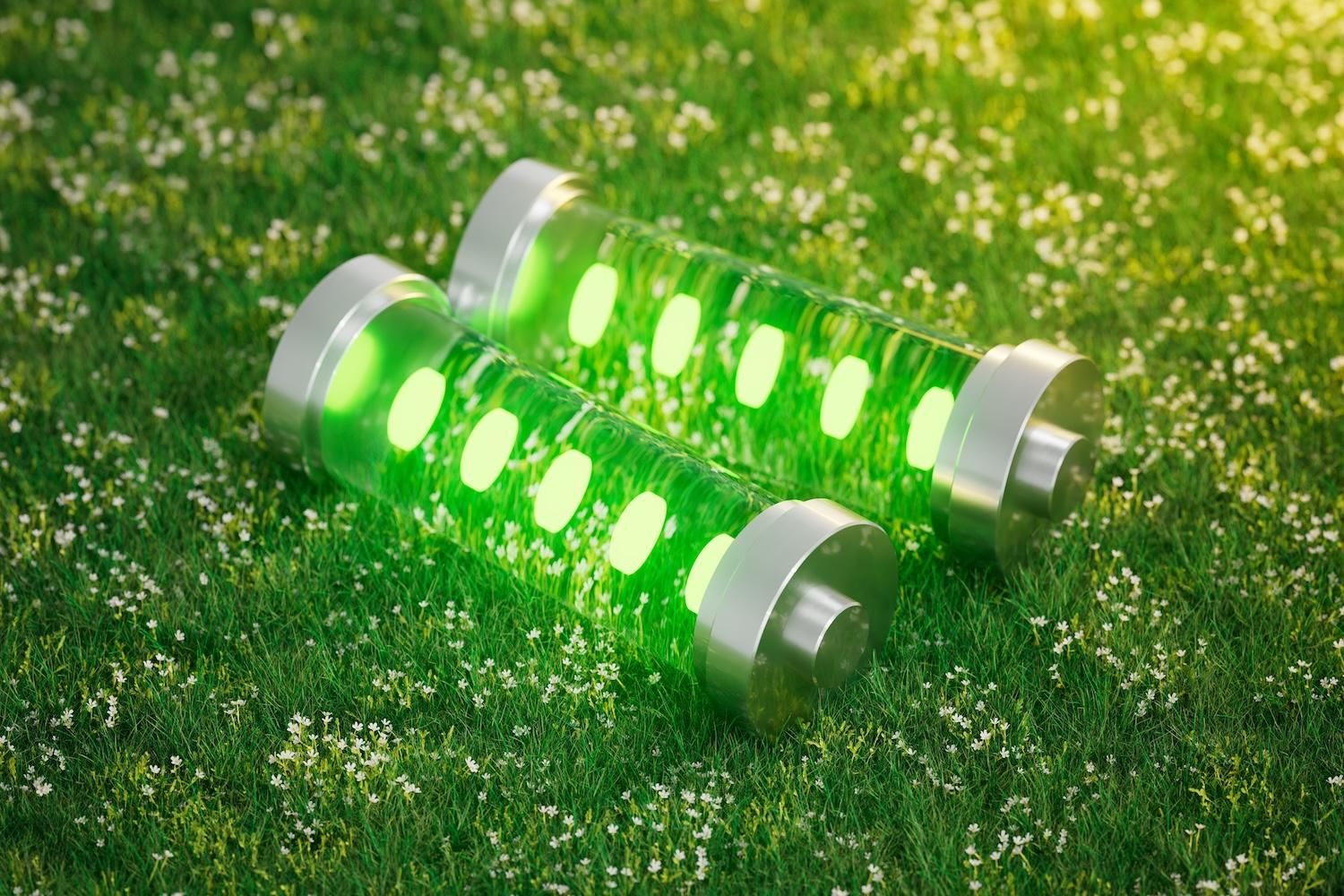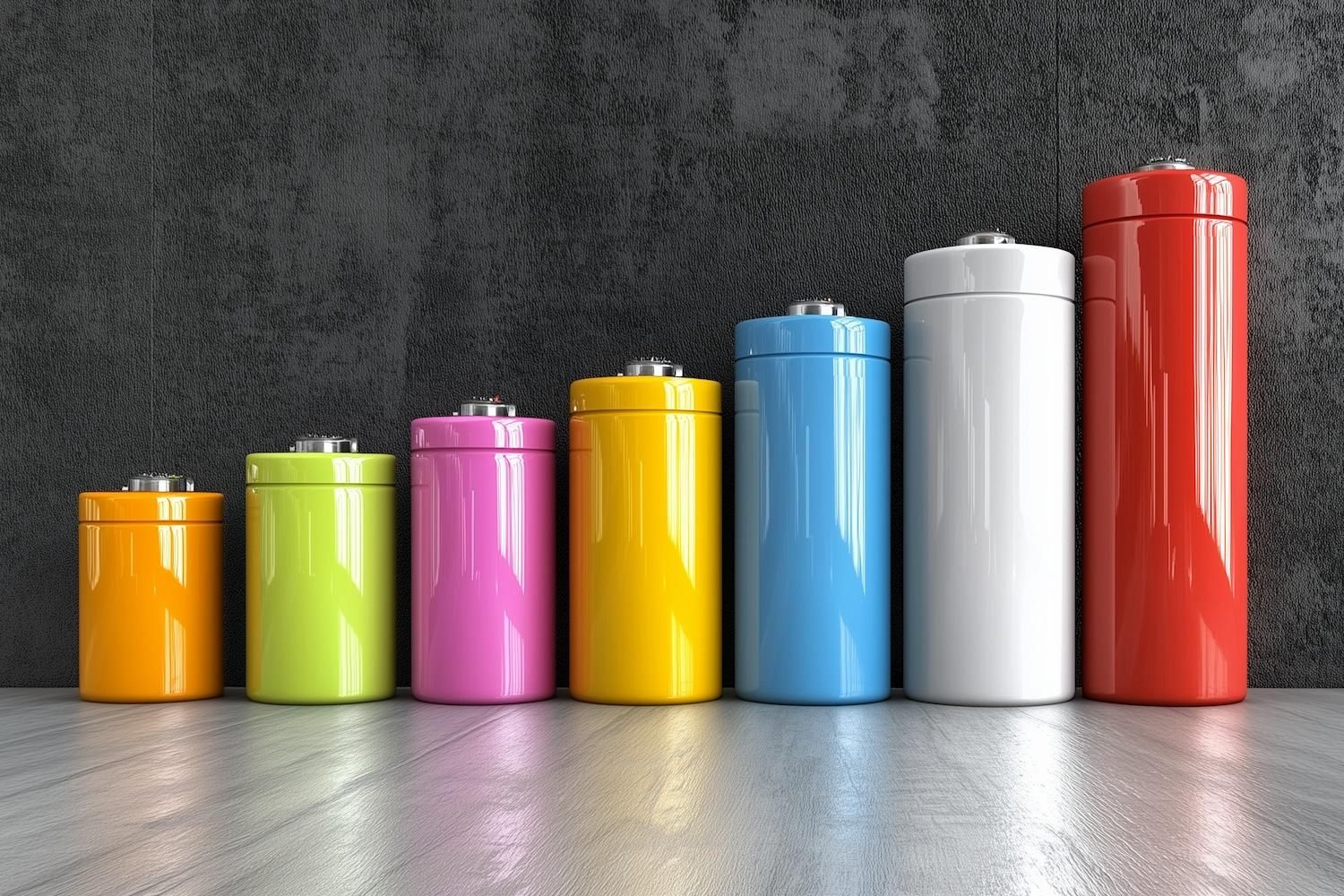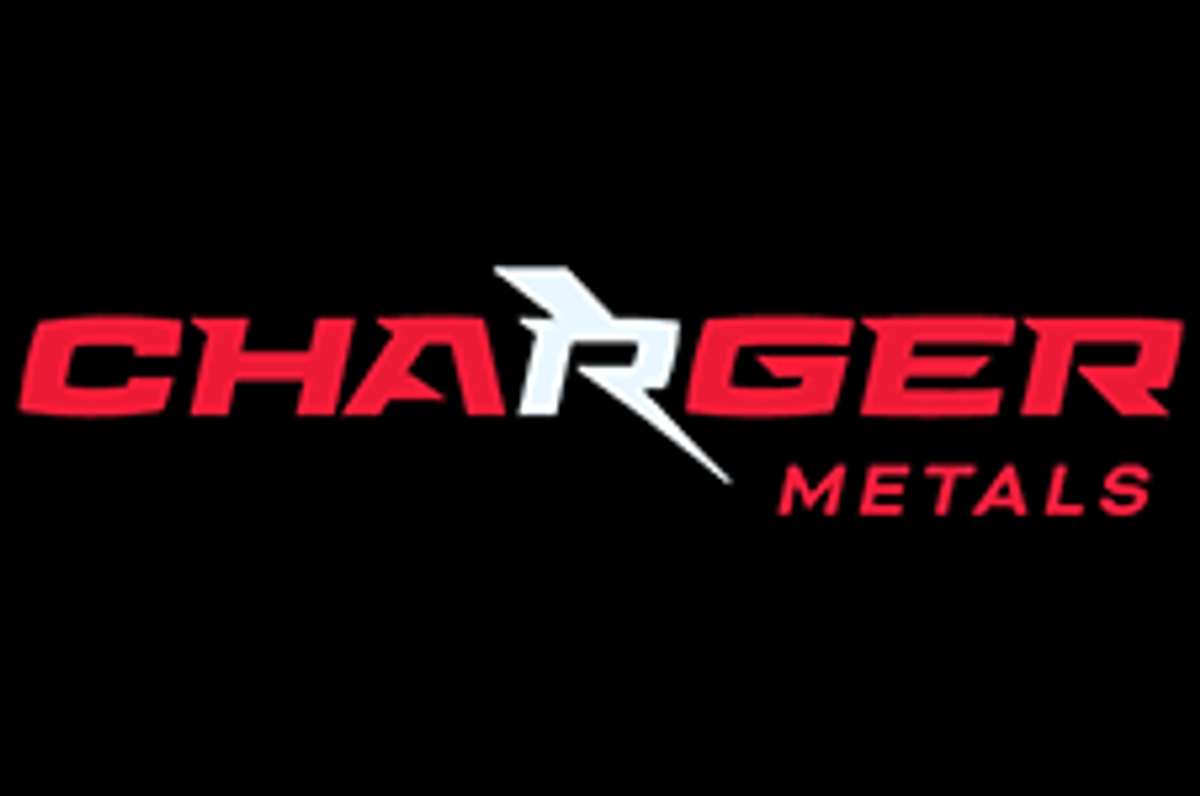
April 02, 2023
Charger Metals NL (ASX: CHR, “Charger” or the “Company”) is pleased to announce further high- grade lithium intersections from its maiden drill programme at the Medcalf Prospect of the Lake Johnston Lithium Project, Western Australia.
- Further assays have been received for the maiden reverse circulation (RC) programme completed earlier this year at the Medcalf Prospect of the Lake Johnston Project, WA
- High-grade lithium results returned from spodumene-bearing pegmatites, with significant intersections including:o 4m @ 2.06% Li2O from 145m (23CRC013)
- 6m @ 1.56% Li2O from 19m (23CRC006)
- 5m @ 1.41% Li2O from 83m (23CRC007)
- 6m @ 1.34% Li2O from 24m (23CRC003)
- 6m @ 1.06% Li2O from 47m (23CRC002) 1
- The drilling at Medcalf has delineated a swarm of stacked spodumene-bearing pegmatites up to 13m thick (down-hole)within a 100m wide corridor 2Spodumene mineralisation has been intersected along 700m of strike and 250m down- dip and remains open in both directions 2
- Assays for the final eight drill-holes are still pending, with results expected in the coming weeksPreparations are underway for a follow-up drill programme to test for extensions to the high-grade lithium mineralisation
Charger’s Managing Director, Aidan Platel, commented:
“We are very pleased with the results received to-date from Medcalf, with the high-grade lithium intersections correlating well with the logged spodumene-bearing pegmatite intersections. The swarm of stacked pegmatites remains open down-plunge, and we look forward to modelling the results once they are all received in order to plan the next phase of drilling to test for extensions of the high-grade lithium mineralisation.
These exciting results from the first drill programme at the first of many prospective target areas of the Lake Johnston Project really highlight the potential for the project to host significant economic lithium mineralisation.”
Assays have now been received for the first thirty-three drill-holes of the maiden RC drill programme completed earlier this year at the Medcalf Prospect. High-grade lithium was intersected in the majority of drill-holes to-date, correlating well with the intervals of spodumene-bearing pegmatites logged by the Company’s geologists. Significant intersections from the drill programme to-date include: 3
- 4m @ 2.06% Li2O from 145m (23CRC013)
- 6m @ 1.56% Li2O from 19m (23CRC006)
- 5m @ 1.41% Li2O from 83m (23CRC007)
- 6m @ 1.34% Li2O from 24m (23CRC003)
- 6m @ 1.06% Li2O from 47m (23CRC002)
- 5m @ 2.55% Li2O from 68m (22CRC002)
- 6m @ 1.52% Li2O from 26m (22CRC005)
- 5m @ 1.86% Li2O from 24m (22CRC007) and
- 4m @ 1.83% Li2O from 56m (22CRC007). 4
The lithium mineralisation at the Medcalf Prospect is hosted within a swarm of anastomosing to tabular stacked pegmatites hosted within sheared amphibolite. The pegmatites are members of the lithium-caesium-tantalum (LCT) pegmatite family (albite-spodumene type) and spodumene has been logged in both the drill chips and in many outcrops. Spodumene is the preferred mineral for the commercial production of lithium, which is one component of modern lithium batteries.
The spodumene-bearing pegmatites are up to 13m in width (allowing up to 2m of contiguous internal waste) and have been delineated on a northwest – southeast strike over 700m long. The pegmatites dip at approximately 40° towards the southwest and currently remain open along strike and at depth (Figures 1 and 2).
Assays for the remaining eight drill-holes of the maiden RC programme are expected over the coming weeks. Upon receipt of the final assays the Company will model the pegmatites in order to plan follow-up drilling to target extensions of the high-grade lithium mineralisation.
Click here for the full ASX Release
This article includes content from Charger Metals, licensed for the purpose of publishing on Investing News Australia. This article does not constitute financial product advice. It is your responsibility to perform proper due diligence before acting upon any information provided here. Please refer to our full disclaimer here.
CHR:AU
The Conversation (0)
10 December
Rock Bottom: Strategic Window for Ground-level Lithium Investment
When lithium prices hit bottom, savvy investors know that’s exactly where the next big discovery begins — literally. Beneath the surface of global markets and remote exploration grounds, new opportunities are forming in the wake of a sharp price reset and renewed geopolitical urgency.Recent... Keep Reading...
10 December
Liontown Resources Pens Lithium Offtake Agreement with China's Canmax
Liontown Resources (ASX:LTR,OTC Pink:LINRF) has executed a binding offtake agreement with Chinese conglomerate Canmax Technologies (SZSE:300390) as part of its strategy to diversify its customer base.“Listed on the Shenzhen Stock Exchange, Canmax is one of the world’s leading manufacturers of... Keep Reading...
08 December
Trading Halt
Jindalee Lithium (JLL:AU) has announced Trading HaltDownload the PDF here. Keep Reading...
05 December
Livium Receives A$663k in RsD Tax Incentive Rebates for VSPC
Livium Ltd (ASX: LIT) (“Livium” or the “Company”) advises that it has received A$663,000 in research and development ("R&D") tax incentive rebates from the Australian Tax Office for the 2025 financial year ("FY25"), relating to its wholly owned subsidiary VSPC Pty Limited ("VSPC"). The rebate... Keep Reading...
01 December
Why SQM Says Social Dialogue is Key to Sustainable Lithium
As scrutiny continues to intensify across the battery metals supply chain, the conversation around sustainability has moved far beyond carbon footprints. At this year’s Benchmark Week, Stefan Debruyne, director of external affairs at Sociedad Quimica y Minera de Chile (SQM) (NYSE:SQM), made that... Keep Reading...
27 November
Battery Storage Market Surging as Electricity Demand Enters New Era
Speaking at Benchmark Week, Iola Hughes, head of battery research at Benchmark Mineral Intelligence, outlined a market that is undergoing “very strong growth" and becoming indispensable to energy security.Hughes described energy storage as the fastest-growing segment in the battery sector today.... Keep Reading...
Latest News
Latest Press Releases
Related News
TOP STOCKS
American Battery4.030.24
Aion Therapeutic0.10-0.01
Cybin Corp2.140.00
